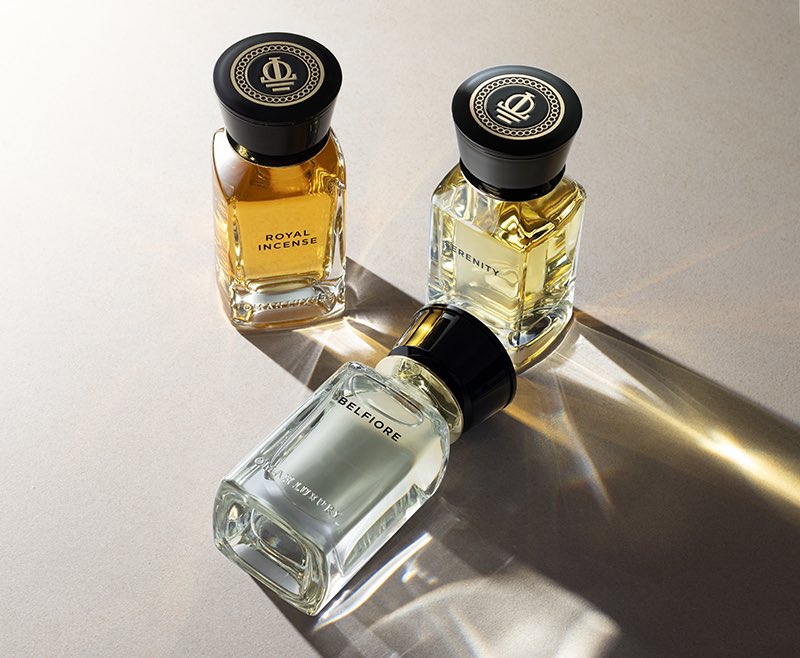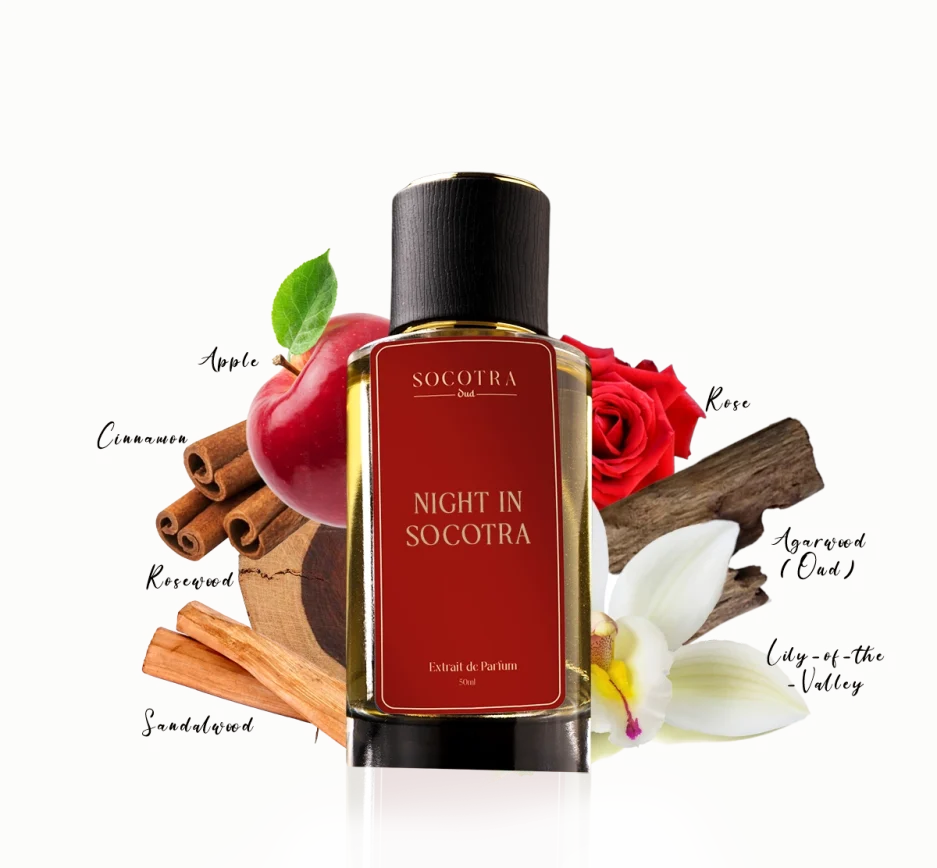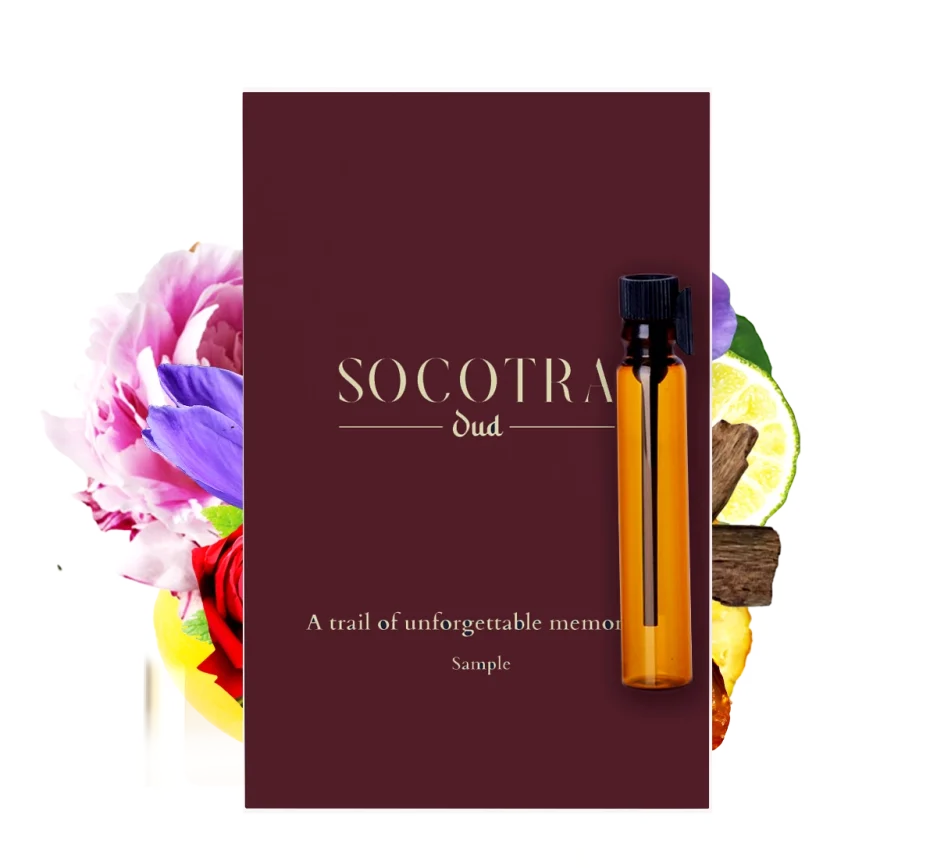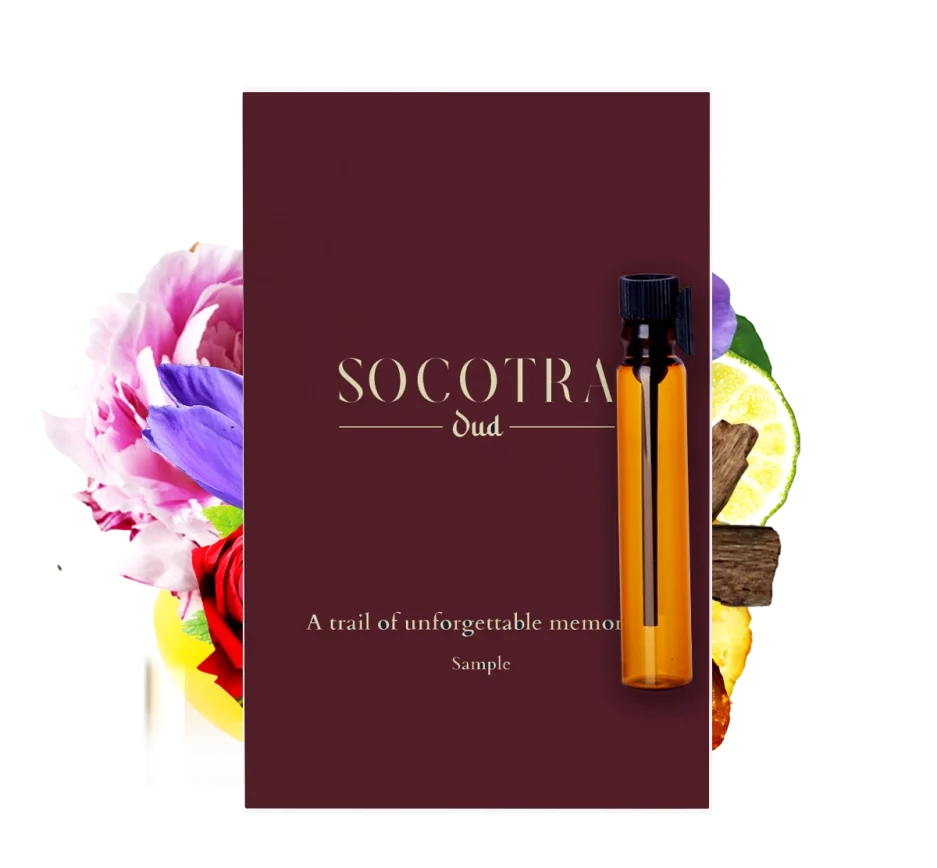Arabian perfume oils, rich in cultural heritage, have captivated the senses for centuries. In this exploration, we delve into the intricate world of Arabian perfume oils and their intriguing connection with the ever-evolving realm of modern art. The amalgamation of tradition and contemporary creativity offers a unique sensory experience that transcends time.
Historical Roots of Arabian Perfume Oils
Origins and Traditional Significance
Arabian perfume oils trace their origins back centuries, deeply embedded in the cultural tapestry of the Middle East. Rooted in ancient traditions, these fragrances were initially crafted for ceremonial and spiritual purposes, gradually evolving into an art form.
Evolution Over Centuries
The evolution of Arabian perfume oils mirrors the rich history of the region. From ancient times to the present day, these fragrances have undergone transformations, blending tradition with innovation while preserving their cultural essence.
Cultural Impact on the Art of Perfumery
The cultural significance of Arabian perfume oils extends beyond their aromatic allure. They are a testament to the artistry of perfumers, reflecting the stories and customs of diverse communities.
The Art of Perfumery
Craftsmanship in Creating Arabian Perfume Oils
Crafting Arabian perfume oils is an intricate process that demands precision and expertise. Perfumers skillfully blend rare and exotic ingredients, creating unique olfactory experiences that evoke the essence of the Middle East.
Distinctive Ingredients and Methods
Arabian perfume oils stand out for their use of distinctive ingredients such as oud, rose, and amber. The methods employed in their extraction contribute to the authenticity of these scents, ensuring a sensory journey like no other.
Unique Characteristics of Arabian Perfume Oil Scents
The scents of Arabian perfume oils are characterized by their complexity and depth. Each fragrance tells a story, invoking emotions and memories, making them not merely perfumes but artistic expressions in liquid form.
Arabian Perfume Oils and Modern Art
Influences of Arabian Perfume Oils on Contemporary Art
In the contemporary art scene, Arabian perfume oils have left an indelible mark. Artists draw inspiration from these fragrances, exploring the interplay between scent and visual art to create immersive experiences.
Collaborations Between Perfumers and Artists
Collaborations between perfumers and artists have given rise to avant-garde olfactory art. The marriage of fragrance and visual art brings forth multi-sensory installations that challenge conventional boundaries.
Exploring the Intersection of Scent and Visual Art
The intersection of scent and visual art opens new possibilities for artistic expression. Installations, paintings, and sculptures infused with the essence of Arabian perfume oils provide viewers with a sensorial journey, transcending traditional artistic mediums.
The Role of Scent in Modern Art
Analyzing How Scent is Incorporated into Artistic Expressions
Scent, once confined to the realms of perfumery, has found its place in modern art installations. Artists experiment with scent as a medium, expanding the boundaries of artistic expression.
Examples of Notable Scent-Based Art Installations
Notable examples include immersive exhibits where visitors engage with scents that correspond to specific artworks. These installations blur the lines between traditional and olfactory art, inviting audiences to experience art on a profoundly visceral level.
Impact on Sensory Experiences in the Art World
The incorporation of scent into modern art transforms the way we perceive and engage with artistic creations. The fusion of visual and olfactory elements enriches sensory experiences, providing a more profound connection to the art.
Popular Arabian Perfume Oil Varieties
Overview of Well-Known Arabian Perfume Oil Blends
From the intoxicating notes of oud to the delicate essence of rose, Arabian perfume oils boast a diverse array of blends. Each variety carries its own cultural significance, reflecting the unique heritage of the regions they originate from.
Descriptions of Key Fragrance Notes
Delve into the aromatic symphony of Arabian perfume oils, where notes like saffron, frankincense, and musk create a sensory journey that resonates with enthusiasts worldwide.
Cultural Significance Attached to Specific Varieties
Understanding the cultural context behind each perfume oil variety adds a layer of appreciation. From religious rituals to celebratory occasions, these scents play a crucial role in the fabric of Middle Eastern culture.
Navigating the Market for Arabian Perfume Oils
Tips for Selecting Authentic Arabian Perfume Oils
Navigating the market for Arabian perfume oils requires discernment. Tips on recognizing authenticity, understanding labeling, and sourcing from reputable suppliers ensure a genuine and quality olfactory experience.
Recognizing Quality and Purity
The authenticity of Arabian perfume oils lies in their quality and purity. Examining factors such as the concentration of fragrance oils and the sourcing of raw materials ensures a genuine and ethically produced product.
Exploring Sustainable and Ethical Options
As the demand for Arabian perfume oils grows, exploring sustainable and ethical options becomes paramount. Understanding the impact of production practices on the environment and local communities contributes to responsible consumption.
Takeaway
In the fusion of Arabian perfume oils and modern art, we find a celebration of cultural heritage and creative expression. This aromatic journey transcends mere fragrances; it is a testament to the enduring allure of tradition and the boundless possibilities of artistic innovation.




Leave a Reply